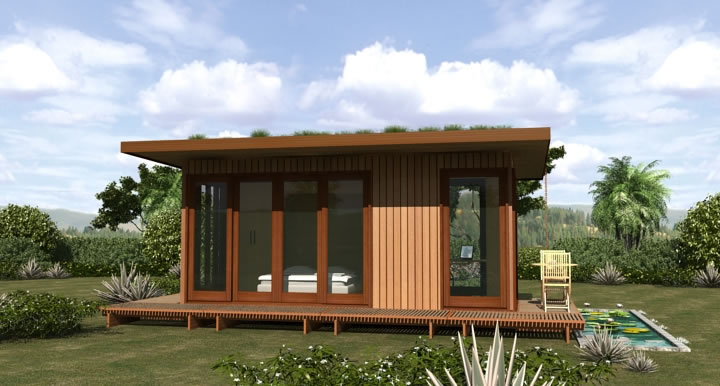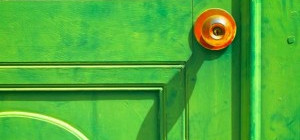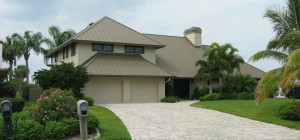 When people talk about the financial markets, they often forget that property is the largest asset class of all. After peaking prior to the global recession in 2007, real estate markets across the world have struggled during the recovery as prices have begun to fluctuate in line with wider economic uncertainty. So while nations such the U.S. and Australia have seen the value of property rise in the last 12 months, others like Spain and Italy have witnessed a significant decline.
When people talk about the financial markets, they often forget that property is the largest asset class of all. After peaking prior to the global recession in 2007, real estate markets across the world have struggled during the recovery as prices have begun to fluctuate in line with wider economic uncertainty. So while nations such the U.S. and Australia have seen the value of property rise in the last 12 months, others like Spain and Italy have witnessed a significant decline.
Australia has represented a particularly interesting study during the recent economic instability, and its property market has remained prosperous throughout. Not only have prices risen by approximately 2.6% since the start of 2013, but they are also up by a staggering 12.2% from the final financial quarter of 2007. This represents a significant boom, and also suggests that citizens are maximizing their geographical landscape and technological advances to create their own alternate dwellings and homes.
The Key Benefits of Timber Kit Houses in the Contemporary Age
One of the key trends in the modern real estate industry is the development and construction of kit homes, and these properties lend themselves perfectly to the grand expanse of the Australian landscape. There are numerous benefits of building this type of property in the current social and economic climate, especially when you consider that the challenges facing the traditional housing market. Consider the following: –
Improved Quality Control and Efficiency
Over the course of the last decades, the quality of timber and modular steel frames has improved considerably within the industry. This not only creates a more secure structure, but it also has connotations in terms of the quality and efficiency of your build. Modern kit structures are factory built and designed for a specific purpose, which means that you can maintain far greater levels of quality control over your residential building project. The advanced nature of these timber frames also lend themselves to quick and relatively simple construction processes, reducing the time taken to complete the build and improving the efficiency of the project as a whole.
The Eco-Friendly Properties of Kit Homes
One of the key motivating factors that drives consumers and businesses in 2013 is environmental awareness. As citizens, we have a far greater sense of social responsibility than previous generations, and this has encouraged businesses to adopt a similar ethos in their everyday operations. Contemporary kit and timber homes are therefore designed to suit a deeper environmental need, combining lightweight steel frames with insulated roofing and highly evolved wall panels. These structures often exceed building regulation requirements with regards to thermal properties and building quality, which mean that they are far more conducive to a healthier natural environment.
Flexibility of Design and Size
Perhaps the single greatest advantage of modular kit homes lies in the flexibility that they offer to citizens, both in terms of the design and size of their desired property. Timber structures are extremely versatile, and individual rooms can be tailored with regards to style and scope depending on the architect wishes. Certain rooms can therefore be expanded over others, without compromising existing planning arrangements or a predetermined budget. This would simply not be possible on a traditional new build project, and this flexibility is particularly appealing for demanding consumers who have a clear vision of their dream property.
The Bottom Line, Cost and Value
Cost is also a consideration when evaluating kit house structures, and this must be measured in line with your existing budget and the amount you can afford for your investment. In addition to the standard cost of the structure, you must also consider the labor, taxation and the procurement of land prior to commencing the build. Although you may be able to reclaim any VAT paid during the course of the project, your ability to analyze costs will be influential in determining where you build your structure and the type of fabrication that you choose to construct.







